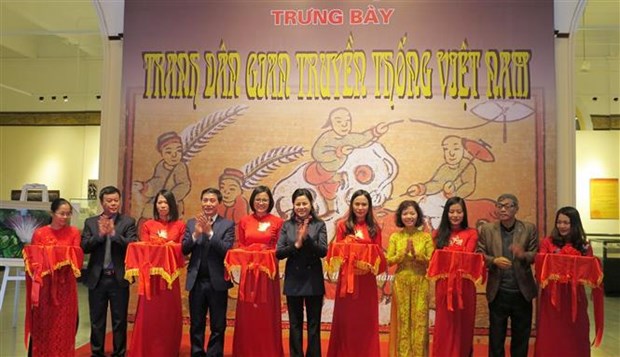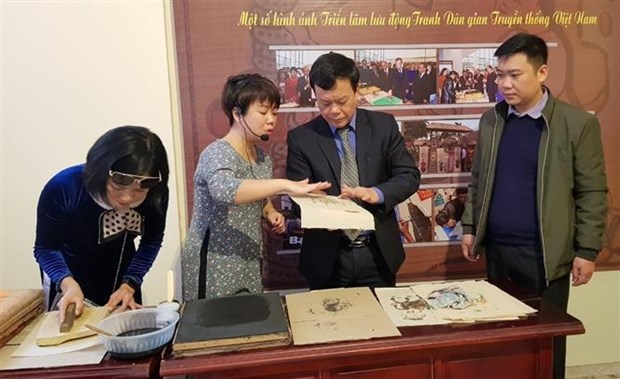Folk paintings displayed in Hai Phong
Nearly 60 traditional folk paintings of different genres such as Dong Ho and Hang Trong, and those of Tay and Cao Lan ethnic minority groups are on display at an exhibition in the northern port city of Hai Phong.
-
 Send-off ceremony held for sports delegation to SEA Games 33
Send-off ceremony held for sports delegation to SEA Games 33
- Vietnamese men’s national football team moves to 110th in FIFA rankings
- Vietnam defeat Laos 2-0 in Asian Cup 2027 qualifier
- Vietnam wins triple runner-up titles at world bodybuilding championships
- Da Nang remains Vietnam’s fastest 5G city
- Vietnam to host Asian Esports Championships for the first time
- Vinh Long celebrates Ok Om Bok Festival
- Mekong Delta cuisine delights visitors at Autumn Fair 2025
- Vietnamese athletes undergo training in France to prepare for Olympics
- Autumn Fair 2025 opens as major national trade promotion event




